Field Notes from the Roof: The Real Story on the Plastic Welding Torch
On any windy rooftop, consistency beats bravado. That’s why crews keep asking me which plastic welding torch setup actually holds a seam when the weather turns. Short answer: automation and tight temperature control are winning. Longer answer below.
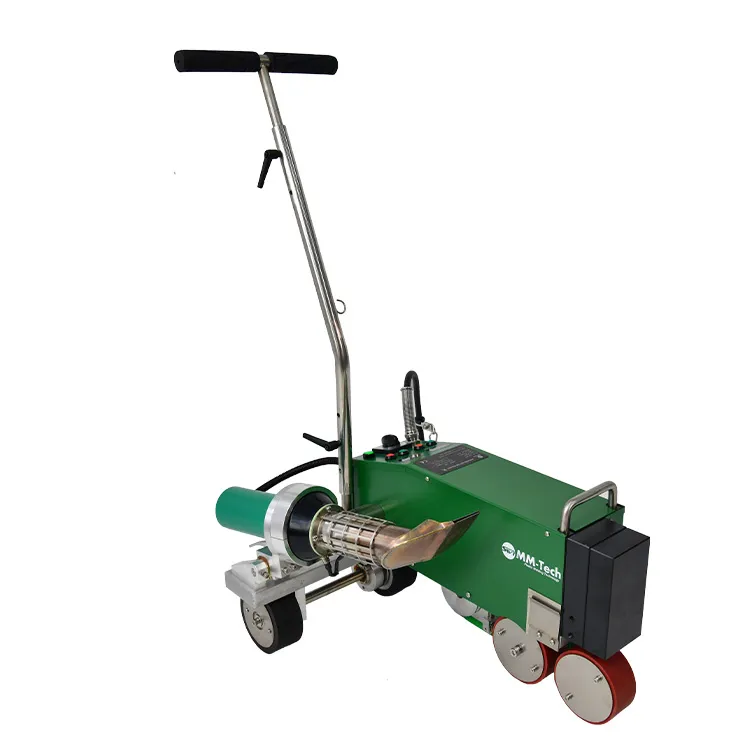
Trend check: from open flame to precise hot air
Infrastructure owners are leaning into PVC and TPO for reflectivity and lifecycle costs, while EPDM still holds ground in specific climates. The move to automated, guided hot-air units (yes, the modern plastic welding torch) is about fewer rework calls and cleaner QC data. IoT counters, seam temperature logging, and quick peel-test verification are increasingly standard on large bids.
Product spotlight: Polymer Welding Machine SWT-WP1
Made in NO.355, Youyi Street, Qiaoxi District, Shijiazhuang, Hebei, China, the SWT-WP1 is built for PVC, TPO, and EPDM membrane welding. In practice, it’s fast to dial, steady in wind, and—surprisingly—quiet. Many customers say it reduces morning “trial-and-error” time compared with older rigs, especially on dew-kissed surfaces. It’s purpose-built for thermoplastic waterproof membranes, not a gimmick.
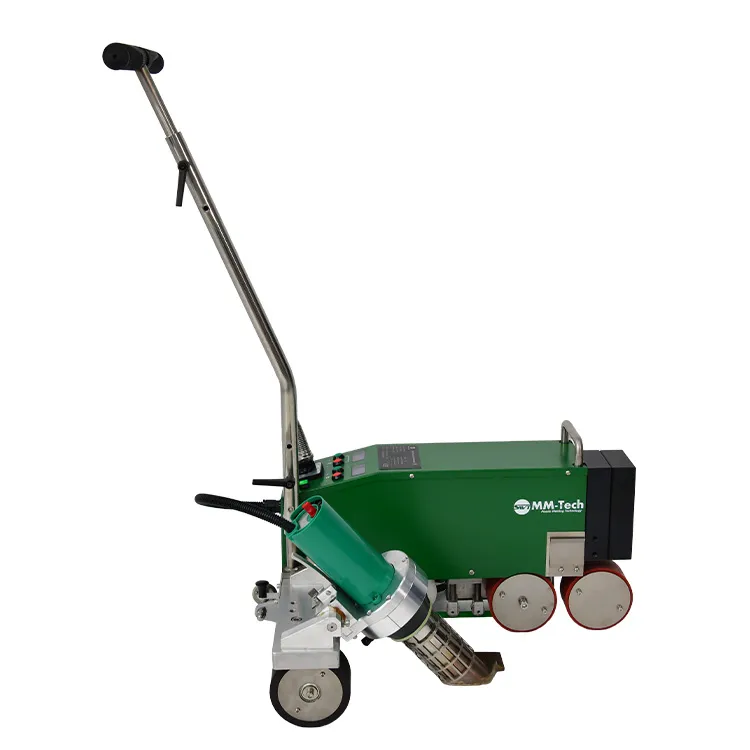
SWT-WP1 quick specs (field-oriented)
| Machine type | Automatic hot-air membrane welder (roofing/civil) |
| Compatible materials | PVC, TPO, EPDM (thermoplastic membranes) |
| Typical temp range | ≈ 100–620°C (real-world use may vary by ambient and color) |
| Seam width | ≈ 40 mm primary weld (common roofing spec), with overlap guide |
| Speed | ≈ 2–12 m/min depending on membrane and weather |
| Use cases | Commercial roofs, tunnels, basements, liners, podium decks |
Note: Values are indicative; confirm with the official datasheet and on-site test welds.
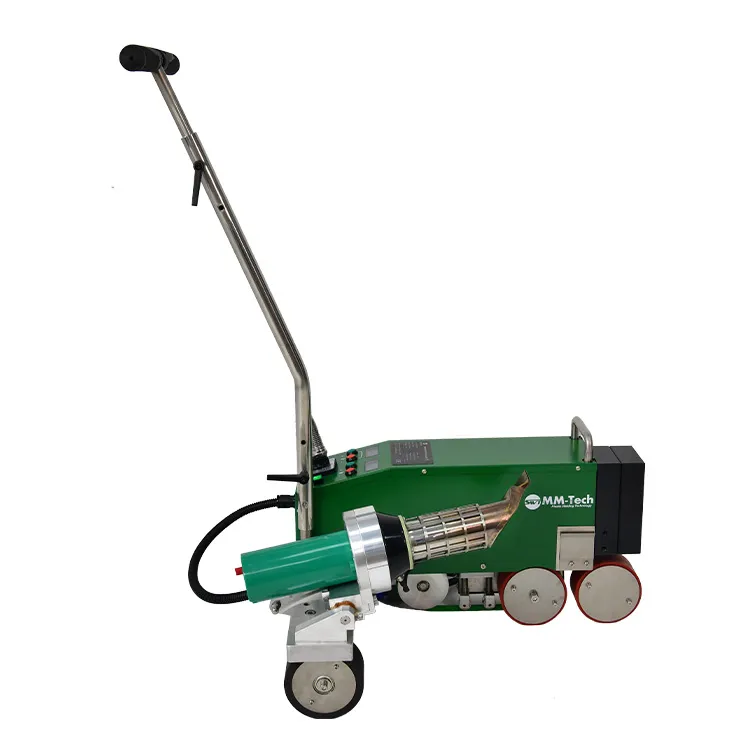
How crews run it: process flow
- Material prep: clean overlap (≥ 75 mm), square edges; check manufacturer sheet specs (ASTM D4434 for PVC, D6878 for TPO, D4637 for EPDM).
- Settings: start around 480–560°C, 3–6 m/min, adjust for ambient/cloud cover. Dark membranes often need slightly less heat.
- Tack and weld: guide the plastic welding torch nozzle into the overlap; maintain uniform pressure at the drive wheel.
- Testing: probe test entire seam; peel tests per ASTM D1876 or EN 12316-2 every roll change or weather shift.
- QC logging: record temp/speed, ambient, and pass/fail. Service-life targets on well-installed systems often run 20–30 years, subject to design and maintenance.
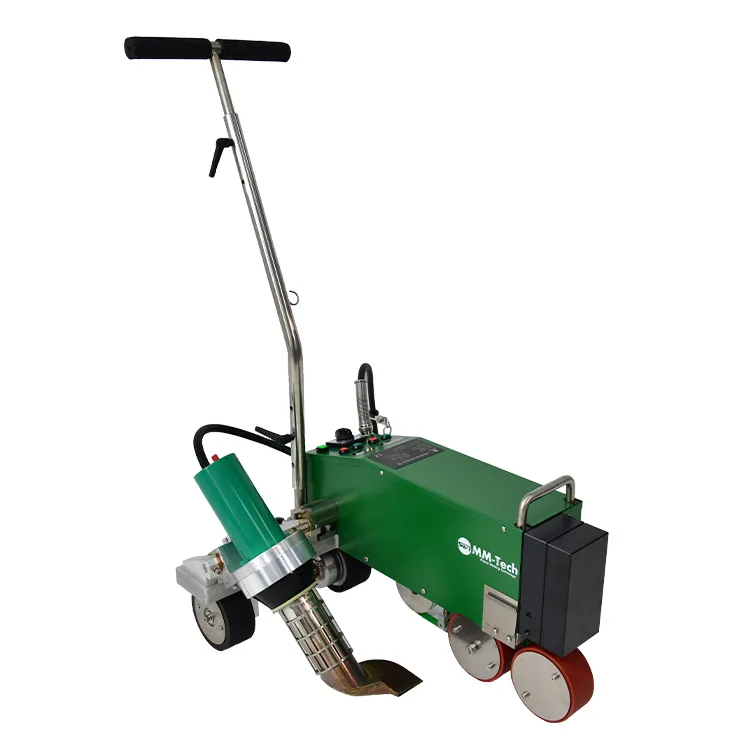
Vendor snapshot: how SWT-WP1 stacks up
| Model | Temp range | Speed | Notes |
|---|---|---|---|
| MM-Tech SWT-WP1 | ≈100–620°C | ≈2–12 m/min | Strong on PVC/TPO/EPDM; straightforward controls; good value. |
| Leister VARIMAT V2 | ≈100–620°C | ≈2–12 m/min | Widely specified; lots of accessories; premium pricing. |
| BAK LarOn | ≈80–620°C | ≈1.5–12 m/min | Robust chassis; popular in large liners; competitive cost. |
Comparison based on publicly available brochures and field notes; confirm exact specs with vendors.
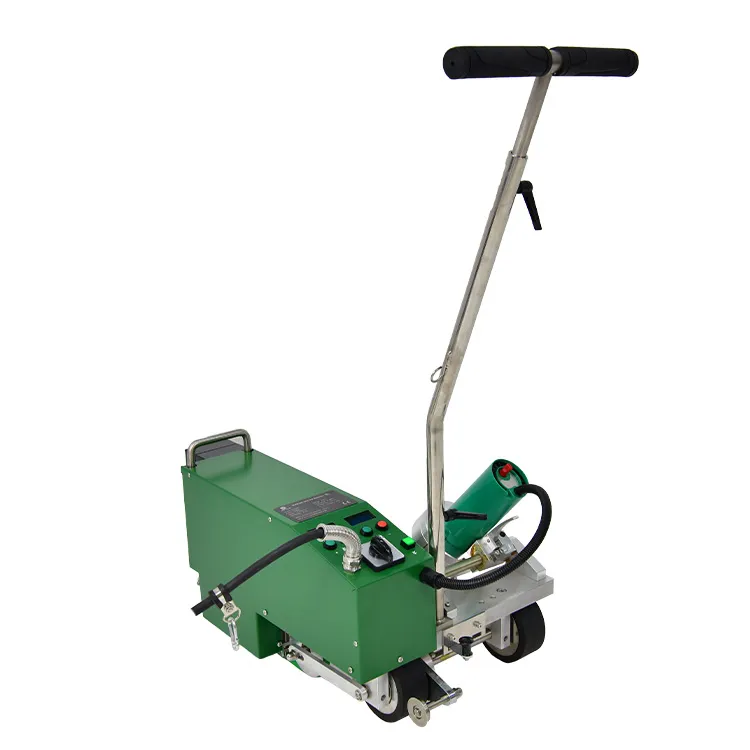
Field performance, tests, and feedback
On a 20,000 m² logistics roof in Hebei last fall, crews ran SWT-WP1 at ≈520°C and 4.5 m/min on 1.5 mm TPO; peel checks per ASTM D1876 logged ≥6–10 N/mm in cool mornings. Probe tests passed with minimal touch-ups. One foreman told me, “It just holds, even when the sun goes behind the clouds.” That’s the whole point of a reliable plastic welding torch.
What to look for on compliance: installers certified through IAGI’s CWT program; membranes conforming to ASTM (D4434/D6878/D4637); seam verification to EN 12316-2; and, for some owners, FM 4470 approvals on the full assembly.

Customization tips
- Nozzle widths and pressure wheel durometers for specific membranes.
- Edge guides for straight laps on long runs; ballast kits for gusty days.
- Data logging modules for temp/speed traces—handy in QA submittals.
If you care more about seam data than marketing adjectives (I do), run test coupons every weather change and document everything. The right plastic welding torch makes that routine, not painful.
Authoritative references
- ASTM D6878 — Standard Specification for Thermoplastic Polyolefin (TPO) Sheet Roofing.
- ASTM D4434 — Standard Specification for Poly(Vinyl Chloride) (PVC) Sheet Roofing.
- ASTM D4637 — Standard Specification for EPDM Sheet Roofing.
- ASTM D1876 — Standard Test Method for Peel Resistance of Adhesives (T-Peel).
- EN 12316-2 — Flexible sheets for waterproofing — Determination of peel resistance of joints.
- IAGI CWT — Certified Welding Technician Program.
- FM 4470 — Approval Standard for Single-Ply, Polymer-Modified Bitumen Sheet, Built-Up Roof (BUR) and Liquid Applied Roof Assemblies.
MM-Tech, established in 2011, is a leading manufacturer of thermoplastic welding equipment in China.hot air plastic welder We specialize in the research, development, production, and sales of thermoplastic welding equipment.hot air welding gun Our product line is extremely rich, covering geomembrane welders, polymer hot air welders, tarpaulin hot air welders, hot air welders, hand extrusion welders, and various welding tools, comprehensively meeting the diverse needs of both on-site construction and workshop operations.hot air welder roofing Our products have been exported to over 100 countries and have won the trust of more than 3,000 customers.plastic welding heat gun|super blog